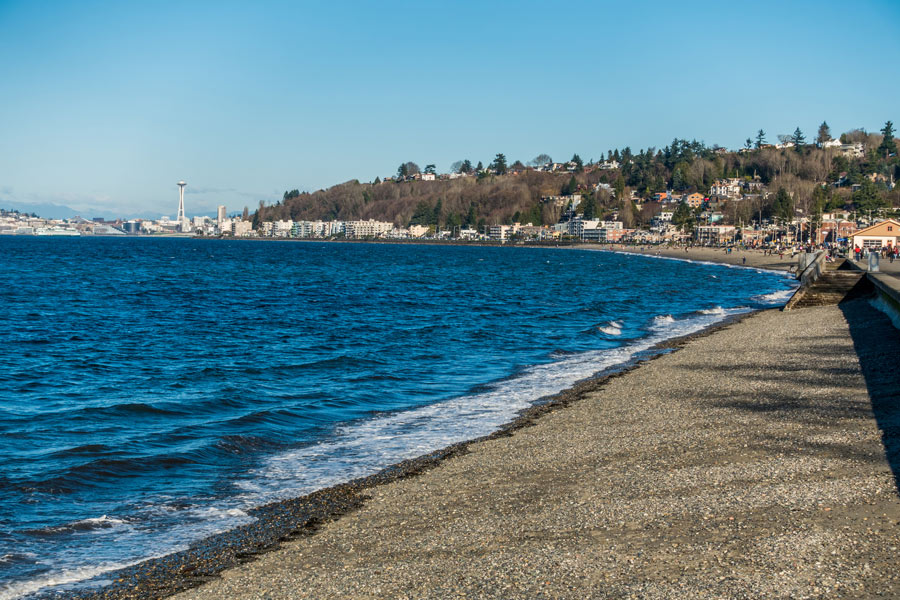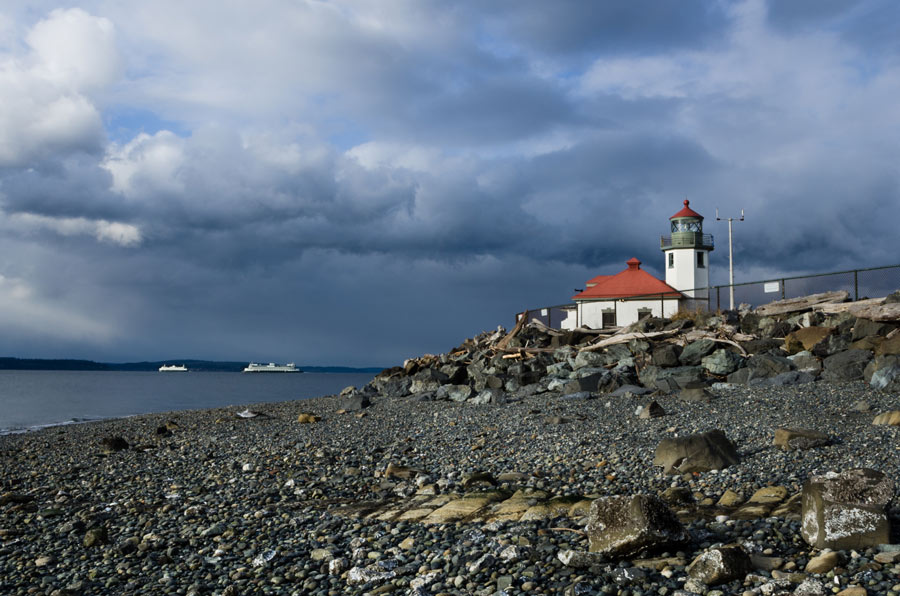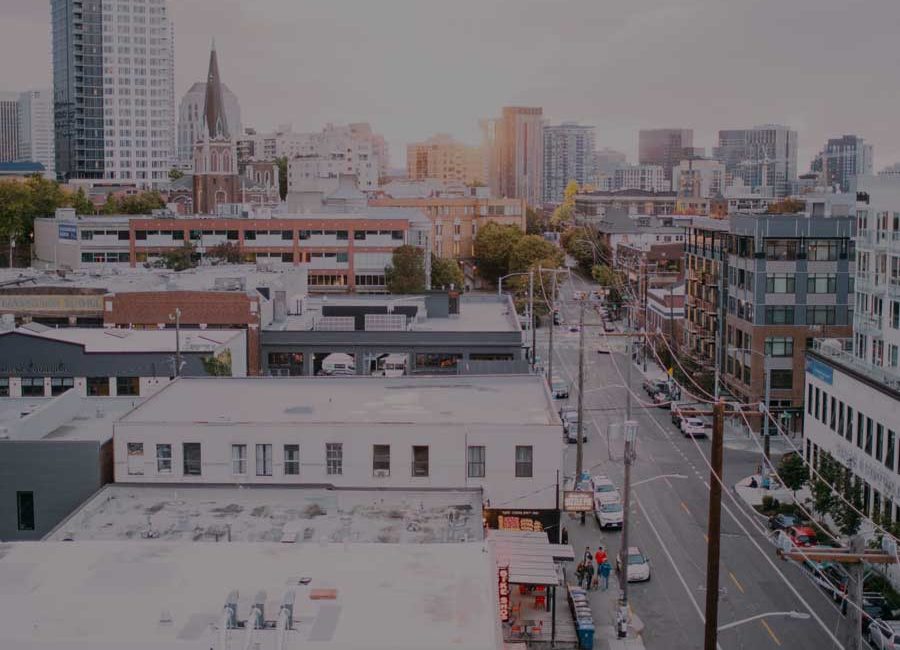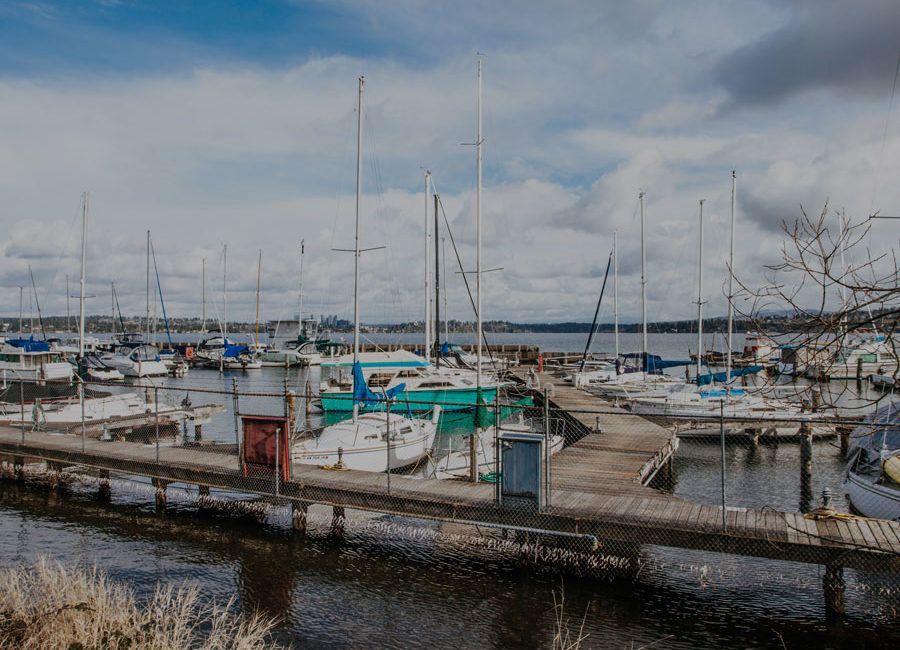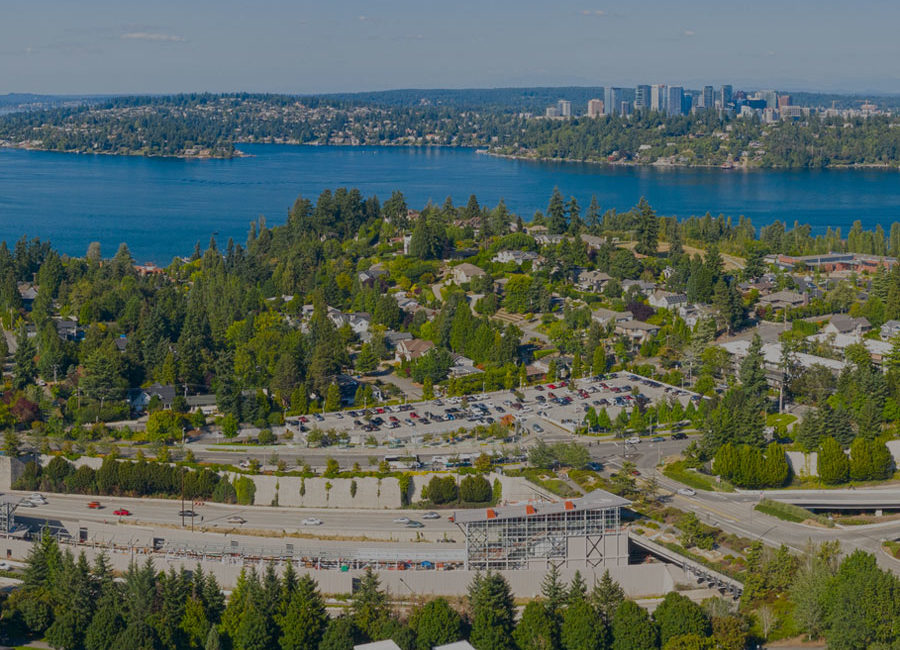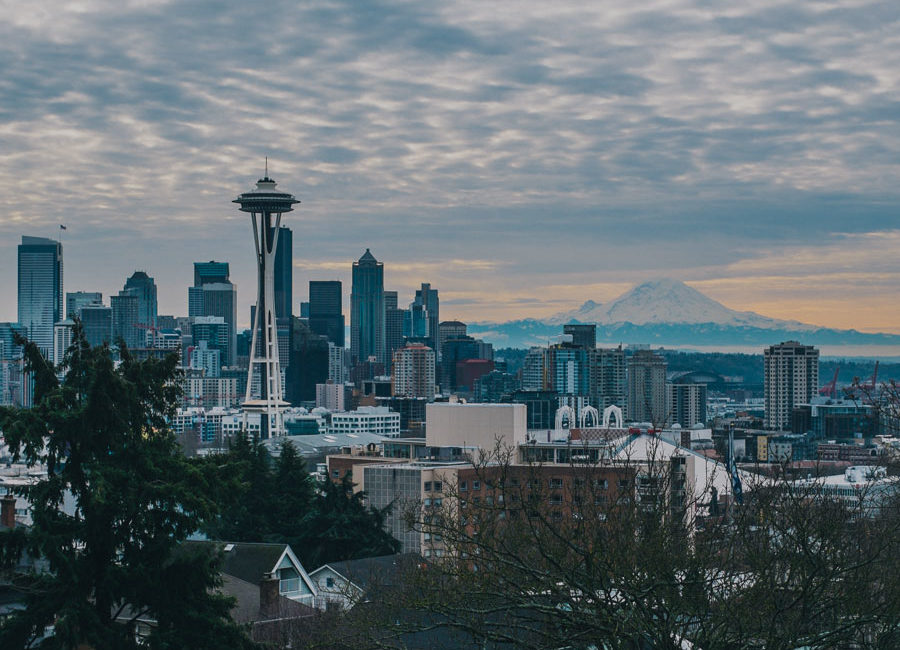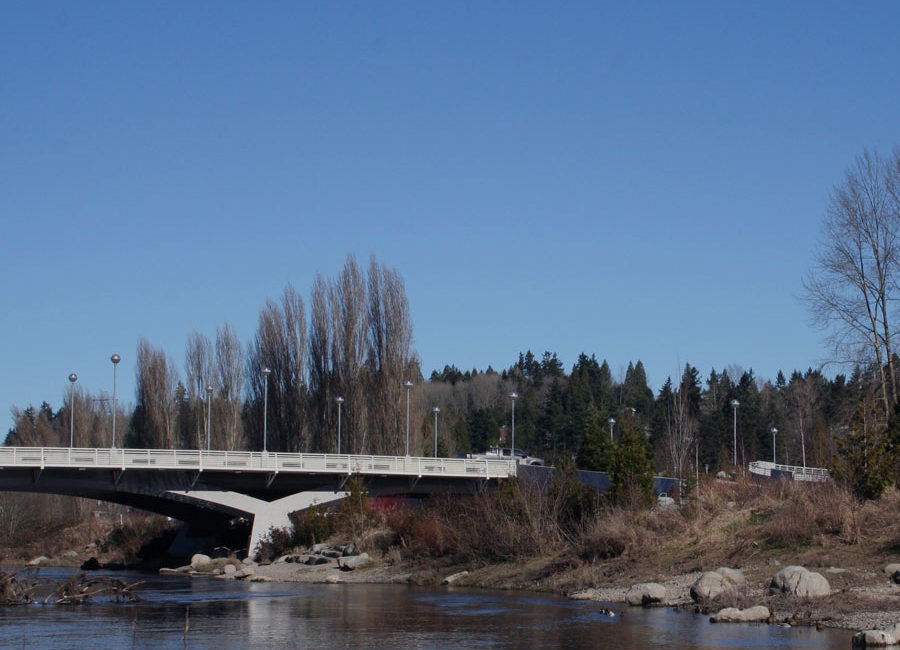West Seattle:
A Not-So-Far Away Retreat
For Seattleites from other neighborhoods, West Seattle may seem like a daunting place to move to with regard to the commute from other areas of the city. In fact, according to most residents, it’s quite underrated and a very versatile and diverse place to live. West Seattle has a lot to offer, especially with regard to eating out, parks and recreation options, shopping, and safety. In short, it has a little bit of everything.
West Seattle is a peninsula, with Puget Sound to the west, Elliott Bay to the north and east (also Harbor Island’s industrial and shipping area), and White Center to the south.
2019 Data at a Glance
Average Home Price:
$727,317
Average Rent:
$1,937/month
Home price trend:
-2.7%
Walk Score (1-100):
56
Number of Parks:
20
Pros and Cons of Living in West Seattle
West Seattle is one of the largest neighborhoods of the city and therefore is broken into smaller sub-neighborhoods (Delridge, Admiral, Alki, etc.). But as a whole, West Seattle is very much defined by its natural environment. There are beaches and parks, a 50-acre area of old-growth Douglas firs and other trees (Schmitz Park), and much more.
With 16 square miles to its name, West Seattle has quite a few parks and green spaces. Alki Beach Park is one of the most popular, with rocky as well as sandy beaches, a paved running/cycling/rollerblading path, picnic tables, a bathhouse housing an art studio, and spectacular views of Puget Sound and the Olympic Mountains. Another notable West Seattle park is Lincoln Park, which covers a sprawling 135 acres and is therefore one of Seattle’s largest parks. It has a beach with a paved walkway, picnic shelters, tennis courts, baseball fields, hiking and running trails, and (during the summer) a heated saltwater swimming pool.
In addition to a nice variety of grocery shopping options (Whole Foods, QFC, Safeway, and Trader Joe’s), there are numerous restaurants, bars and lounges that West Seattleites love. Lots of tasty pizza places are available to try one-by-one until you find your ultimate favorite. White Center is a short drive to the south, and offers lots of cheap places to get a delicious meal or snack.
West Seattle’s size means that driving through the area and getting to other parts of the city can take time, especially during rush hour. For example, the trip from the ferry at Fauntleroy to Alki Point is about the same distance as it is from Ballard to Magnuson Park. West Seattle residents often have very different experiences depending on where they live within the neighborhood — it’s very different in Delridge versus Alki and Admiral Junction versus Youngstown.
Although popular belief throughout Seattle is that the Spokane Street Bridge is a traffic mess and makes living in West Seattle unbearable for commuters to other parts of the city, that’s generally not the case. The morning commute can be a bit hairy, but otherwise, it’s just about 20 minutes from most areas of West Seattle to the Downtown area.
A big perk of living in West Seattle is travel. The neighborhood is quite close to Seatac Airport, and the drive or Uber/Lyft ride is pretty fast and inexpensive.
Aside from a potentially longer morning commute to Downtown, perhaps the biggest con of living in West Seattle is the perception of distance that most other Seattleites have about the area. Getting your friends to come over for game night may be a challenge, until they realize that it isn’t really that far or time-consuming.
History of West Seattle
In terms of Seattle’s recent history, Alki is known as the earliest area of residence for white settlers. The Denny party landed at Alki Point in November of 1851. However, they left and moved across Elliott Bay after just a few months, since the land on the other side of the bay offered more protection from the elements.
The native Duwamish called West Seattle’s Alki Point “prairie point” in their Lushootseed language, and they had long used the place as a burial site. The newcomers named the area “New York,” which then changed to New York-Alki and then just Alki, although no one knows the origin of the “Alki” part, which is a Chinook word meaning “by and by” or “in a while.”
Most of the original landing party moved from Alki Point after just a few months, and by early 1853, Charles C. Terry was the only one left as the rest of the group built cabins and settled across Elliott Bay. He renamed the land “Alki” in May of 1853 and platted it for development.
After a couple of years (thanks to Terry’s determined efforts), Alki had a general store, post office, sawmill, and a barrel-making business. All but the general store had closed by 1856, though, and Terry sold his 320 acres at Alki to David S. “Doc” Maynard in trade for Maynard’s Downtown Seattle plot of 260 acres. But Maynard didn’t stay long, and after realizing that the land was unsuitable for farming, he gave up in 1868.
While the exposed peninsula was buffeted by winds and the strong tides made shipping difficult and hampered the potential for industry and commerce, the eastern shore that faced Elliott Bay was more usable. By 1880, the area had a few shipbuilding yards, a salmon cannery, and a sawmill. In 1895, the Corps of Engineers dredged the Duwamish River and, by filling in its tideflats, created Harbor Island and the waterways around it. This drew even more industries to the southeast side of West Seattle, and the area known as Delridge supported housing, saloons, and other necessities for dock workers.
Meanwhile, in 1888, the West Seattle Land and Improvement Company bought the area that had been platted three years earlier (known as Admiral today), replatted the land, and developed transportation and other infrastructure to attract new Seattleites. In December of that year, the first-ever ferry service between the new dock at Seacrest and Downtown was launched with the City of Seattle, a steam-powered sidewheeler. Today, after the construction of multiple bridges and other transportation projects over more than 100 years, the City of Seattle maintains the record for the fastest commute between Downtown and West Seattle, at eight minutes.
The slow growth of the area that would become West Seattle may be one reason that some of the native Duwamish tribe continued living on the land, although the Point Elliott Treaty of 1855 had required that they move to reservations. Some went to the Suquamish, Muckleshoot, or Tulalip reservations, but many refused to move and either went back and forth between those reservations or stayed in West Seattle, maintaining their traditions and ways of life. However, their last West Seattle home on the East Waterway was destroyed in 1893, when a white settler set eight native homes on fire.
The first bridge and cable railway service to West Seattle were opened in 1890. However, the cable line was closed in 1897, following the national economic crisis in 1893 that caused the local real estate and business markets to plummet.
In 1902, after unmet promises from the West Seattle Land and Improvement Company to install electric lighting, improve transportation, and provide better water, residents of West Seattle voted to incorporate as their own city. The new city did not include Alki, however, which was its own resort community with independent residents.
But after a year, there were still few telephones and no electricity, reliable water, or streetcars, and annexation to Seattle was discussed. Opposition and a necessary reincorporation prevented the annexation for a few years, and a new streetcar line was opened in December 1904. It was only a mile long and could not be extended beyond the town limits. So, it was eventually sold to the Seattle Electric Railway Company, which in 1907 built a line to the essentially uninhabited Fauntleroy Park under influence from real estate speculators. In a very short time, the streetcar brought hundreds of potential homeowners and a legendary real estate boom occurred.
Other public services were still a major problem, though, and annexation became the best solution. After annexing Alki, Youngstown, and Spring Hill in May 1907, West Seattle petitioned for annexation to Seattle and the measure passed in June. West Seattle was by far the largest town to be annexed that year, at 16 square miles.
Additional bridges were constructed between Seattle and West Seattle in the early 1900s to support traffic, and after a couple of temporary swing bridges were used, the concrete and steel bascule bridge at Spokane Street was opened in 1924. A second bridge was added a few years later. For more than 50 years, these bridges were the primary means of transporting people to and from West Seattle, particularly during World War II, when thousands of defense workers were commuting to plants on Harbor Island. By the mid-1940s, the West Seattle population had grown to more than 70,000.
In the 1970s, several campaigns for a high-level bridge at Spokane Street were proposed and even approved, but soaring cost estimates and political scandals prevented the bridge’s construction. By 1978, West Seattleites were talking about secession and reincorporation as their own city again. Finally, when the freighter Antonio Chavez hit one of the bascule bridges and damaged it beyond repair in June 1978, Senator Warren G. Magnuson was able to round up the money needed. Construction on the $110 million bridge began in 1980, and it opened in 1984.
But talk of secession continued, albeit for other reasons. In the 1980s, it was regarding busing in promotion of racial integration, and in the 1990s, it concerned the city’s attempt to establish “urban villages” in the neighborhood. Although a secession bill was passed in 1995, it was vetoed by Governor Mike Lowry.
Home Prices in West Seattle
Between the West Seattle areas of Alki, Admiral, and North Delridge, the average home value is $727,317. Home values have declined by an average of -2.7% in the area over the past year, but they are expected to increase in the next 12 months. In Admiral and North Delridge, the average price per square foot is $483 and $430, respectively — both lower than the Seattle average of $511. However, with its Puget Sound views and beaches, the price per square foot is higher than the citywide average in Alki, at $558 per square foot.
There are homes of all styles and sizes throughout West Seattle, and numerous townhomes, condominiums, and apartment buildings for residents who want more of a multifamily place to call home.
The three areas of West Seattle average rent of around $1,937 per month for a one-bedroom apartment.
Walk Score & Transportation in West Seattle
Alki in West Seattle has a walk score of 52, making it only the 71st most walkable neighborhood in the city. The bike score is higher, at 61, so the area is slightly more friendly for cyclists. The transit score is 35. The walk score is slightly higher in Admiral, at 68, with a bike score of 65. The transit score in Admiral is also higher at 43. North Delridge ranks somewhat between them both with a walk score of 50, a bike score of 65, and a transit score of 54. Therefore, the West Seattle neighborhood’s walk score averages out to just over 56.
Despite somewhat mediocre transit scores, there are actually several public transportation routes that go to and from West Seattle. The Sound Transit 560 route travels from Bellevue to Seatac Airport, and then to West Seattle. The West Seattle Water Taxi docks in Seacrest Park and transports passengers between West Seattle and Downtown on weekdays. Route 37 goes from Alaska Junction through Alki to Downtown Seattle, route 50 goes from Othello Station to SODO and then to Alki and Admiral Way, and route 55 goes from the Admiral District to Alaska Junction and then to Downtown Seattle. Route 56 follows the reverse route, from Alki to Admiral District and then to Downtown. Route 57 goes from Alaska Junction to Genesee Hill, Admiral District, and Downtown. Route 128 ends in Admiral District after stopping in Alaska Junction and South Seattle College from its origin at Southcenter. Route 775 travels from Seacrest Park where the water taxi docks, to Admiral District, and then to Alki.
The Seattle Department of Transportation is breaking ground on a new RapidRide line (the H line) this spring or summer, which will further ease transportation between Downtown Seattle and Burien through the Delridge part of the West Seattle neighborhood.
Unique Gems in West Seattle
West Seattle has one of the few Seattle farmers markets that is open year-round, and it’s open on Sundays from 10 a.m. to 2 p.m. in the heart of the West Seattle Junction, at California Avenue S.W. and S.W. Alaska. In early July each year, West Seattle’s Alki Beach is the location for the popular Pirates Landing, where the Seafair pirates play host to a family-friendly event with food vendors, exhibit booths, kids’ rides, and a pirate look-alike contest. Other unique gems in West Seattle include:
Duwamish Longhouse & Cultural Center: Although still not officially recognized, the Duwamish tribe that called the Seattle area home long before white settlers ever arrived is still a very vibrant part of Seattle and especially West Seattle. Their cultural center is open Tuesday through Saturday each week from 10 a.m. to 5 p.m., and there are often public events and festivals. The cultural center also has historical and educational exhibits.
Alki Kayak Tours & Activities: Water recreation activities are some of the top favorite pastimes for West Seattle residents and visitors. At Alki Kayak Tours & Activities, SUPs, kayaks, and even fishing boats, in-line roller skates, longboards, and bikes are available to rent. The facility also offers popular tours such as the sunset kayak tour or lighthouse tour. During the spring and summer, you can also rent single- and multi-passenger surrey bikes for cruising along the paved beach paths.
Salty’s on Alki: Offering award-winning Northwest seafood, plus delicious steak, pasta, salads, and sandwiches, Salty’s on Alki is a quintessential West Seattle dining experience. Its upscale cuisine is excellent for lunch or dinner, but Salty’s is especially known for the bountiful weekend brunch buffets. Eat and take in the sweeping views of Elliott Bay and the Seattle skyline.
Marination Ma Kai: Get some “Aloha” spirit when you dine on Hawaiian-Korean fusion fare at Marination Ma Kai’s lunch and dinner eatery in West Seattle. There are lots of yummy taco options, sliders, quesadillas, fish and chips, and more, plus a bar and dockside patio. Be sure to try the Hawaiian classic Loco Moco, a ground beef patty served on white rice with a rich, beef gravy and two fried eggs.
JaK’s Grill: For brunch, lunch, or dinner, you can’t go wrong with JaK’s Grill, a Seattle classic since 1996. JaK’s is a no-reservations steakhouse that’s a local favorite for filet, chops, seafood, burgers, and more. What makes their beef so amazing? It’s all corn-fed, Nebraska raised — no exceptions. They take it a step further for flavor and tenderness by either dry- or wet-aging the meat for a minimum of 28 days. Monday night is Prime Rib Night, serving a 12 oz steak with all the fixin’s for $25.



